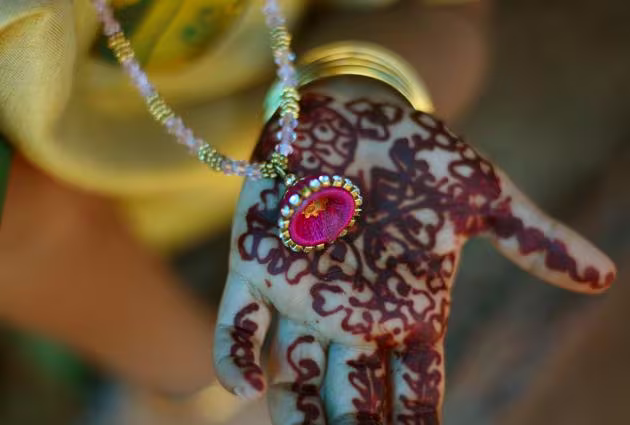There has been a surge in child marriage, a side-effect of the pandemic. But to reduce child marriage at any time, expand opportunities in education and work, rather than increase minimum age of marriage

Gita got married when she was 12 but, like most married girls in her village in Rajasthan, continued to live with her parents and go to school. Her gauna, when the bride moves to her marital home, would happen years later. But when the lockdown began, her family decided it was time. Gita, on the verge of completing secondary school, was dispatched to her husband’s home. When she left, three other girls from her village had their gaunas too.
The surge in child marriage is an unanticipated side-effect of the pandemic. Between March and May, Childline India, an organisation helping children in distress, intervened in 5,333 such marriages. “Given that there was a lockdown and no events, no movement and no mobility, the number is very high,” a Childline official explained. When the lockdown eased in June and July, child marriages spiked, marking a 17% increase over the previous year.
There’s a strong correlation between Covid-19 and child marriage. Schools, and mid-day meals, are shut and families facing economic distress are keen to offload what they consider their “burden”. “Adolescent girls are now at a higher risk of child marriage, or if already married, being forced to move to their marital home earlier than planned, with the resulting sexual exploitation,” said Safeena Husain, founder of the NGO, Educate Girls. Years of activism that resulted in a 19% decline in child marriage for girls over the past decade are being negated.
In a parallel development, the government has set up a taskforce to consider increasing the legal age of marriage for girls from 18 to 21 — at a par with boys. Increasing marriage age improves maternal and child health outcomes. An older bride, and an educated one, also has a better chance of resisting domestic violence.
But some NGOs are concerned. They say maternal and child health outcomes are determined by economic status, not just age. A 16-year-old with good nutrition will have a healthier baby than a girl of the same age from a marginalised background.
A coalition of 21 NGOs told the taskforce that increasing the age limit would also criminalise the poorest girls and their families.
Moreover, they said, 65% of cases under the existing law are filed by parents against daughters who had chosen their own partners. The law “has become a way to enforce parental and community control over them,” said Madhu Mehra, executive director of Partners in Law and Development.
Stopping child marriage will involve increasing access to education, opportunities for employment and learning to listen to girls’ aspirations.
“The proposed change is removed from ground reality,” Mamta Janrid of Sankriya village in Rajasthan told me. “My village school is only till the 8th grade. After that everyone says, ‘She’s sitting at home doing nothing. Let’s get her married’.” Single at 20, Mamta is in her first year of a masters’ degree. “People say it’s time for me to marry. But I’m studying, so I’m safe.”
Namita Bhandare writes on gender issues
The views expressed are personal